Make no mistake. Don LaSala is not Conrad Hilton and he’s not in it for the money. Since 1998, LaSala and his wife Sue have been the owners and loving caretakers of one of the holy sites of rock history, the humble salmon-colored house in West Saugerties, N.Y. known as Big Pink. From early 1967 – 1968, Big Pink and its makeshift basement recording facility served as the woodshed where Bob Dylan and The Band created a cache of classic songs that would forever redirect the course of popular music.
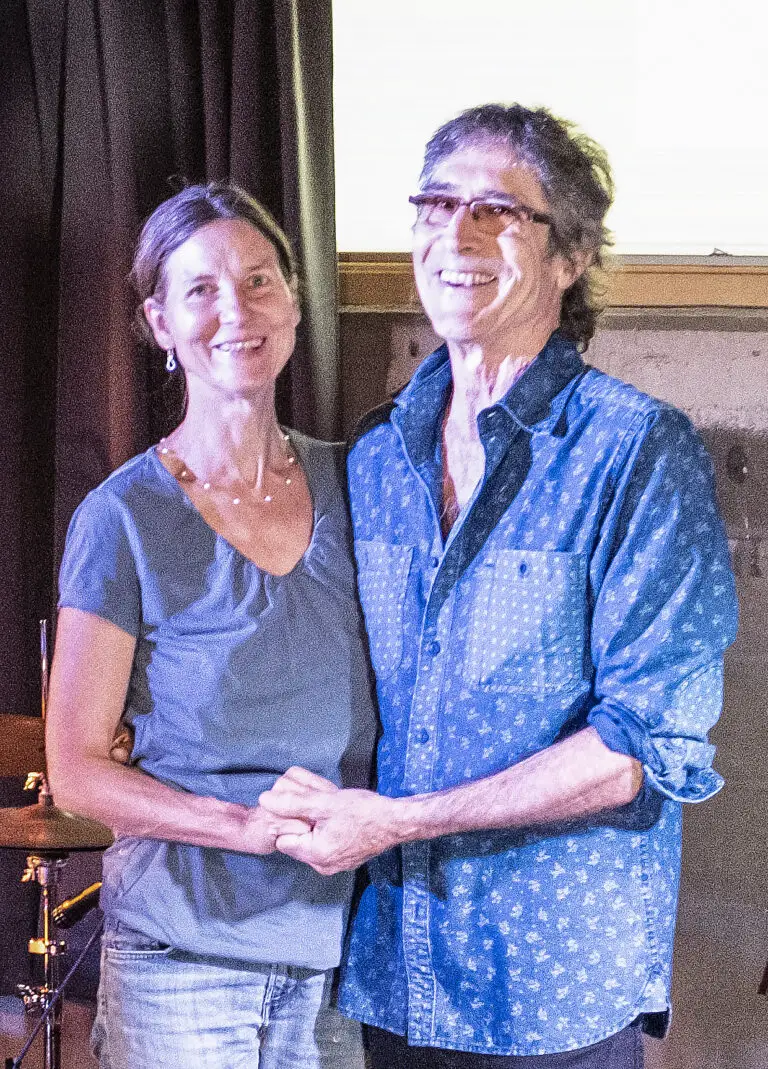
Since 2014, the LaSalas have been enabling fans to enjoy weekend and longer retreats at this fabled house and its many peaceful, woodsy acres. It’s one that remains virtually unchanged since the days when The Band lived and worked there. This includes the rosy sided exterior immortalized on the cover of The Band’s 1968 debut, Music from Big Pink, along with its Atomic-era kitchen and appliances, its living, dining, bedrooms and, of course, its famous subterranean music space. The LaSalas have added to the authentic retro vibe by curating many period artifacts throughout. These include a 1966 local phone book, a Bakelite rotary telephone in basic black and a vintage typewriter, just like the one Dylan used to fire off lyrics. The mood is also set with classic photos of Dylan and The Band taken here and around Woodstock by its most famous local lensman Elliot Landy.
The story of Big Pink commences in February 1967, when The Band’s bassist Rick Danko rented the house where he would cohabitate with bandmates Garth Hudson and Richard Manuel. Danko. The trio were working with their guitarist Robbie Robertson, who secured a home close by with his soon-to-be wife Dominique, on Dylan’s film of their 1966 tour together, “Eat The Document.” Dylan had been sidelined from touring by a July 1966 motorcycle accident leaving his manager Albert Goldman’s house in adjacent Bearsville. Now, he was playing the seemingly retired family man/country squire/filmmaker, while quietly forging ahead with what would be his most productive year ever as a songwriter.
Eat the Document Bob Dylan Film from Nick Rossi on Vimeo.
According to a conversation LaSala had with Danko, Dylan would arrive at Big Pink around 9 am each morning, right after dropping his daughter Maria off at school. He would then make a pot of coffee, roll a joint, smoke a few cigarettes and write lyrics, on yellow legal pads and/or his trusty typewriter, all while sitting at the living room table gazing out a picture window at the mountains in the distance. When Danko, Hudson and Manuel arose at around 11 am, he would make another pot of coffee for the boys and the arriving Robertson. They would then head down to the basement and try out the new songs just written by Dylan or fool with covers of old traditional chestnuts like “Kickin’ My Dog Around.” Keyboardist Hudson engineered the recordings using two stereo mixers and a tape recorder borrowed from Dylan’s manager and microphones on loan from folk trio Peter, Paul and Mary. The magic was committed to reel upon reel of 1/4” Scotch or Shamrock tape.
In the late afternoon, the two coupled guys, Dylan and Robertson, would head home. The remaining trio would then either head into the town of Woodstock to party or bring the party home. The routine with Dylan reportedly went on from May – October 1967. Eventually drummer Levon Helm would return from the South and move in and the band would continue to work at Big Pink through January 1968, crafting and polishing the songs that would appear on the debut album named in honor of their home/studio.
Some of the 30 new Dylan originals recorded would first see light of day on a 14-song demo tape. It was circulated in October 1967 by his publishing company, Dwarf Music, to hopefully generate income from covers by other artists. They included some of the most celebrated songs of his career including “I Shall Be Released,” “This Wheel’s on Fire” co-written by Danko, “Quinn the Eskimo (The Mighty Quinn),” “Tears of Rage” co-written with Manuel and “You Ain’t Goin’ Nowhere.” Seven of these unreleased versions were included on the double-disc The Great White Wonder, the first rock bootleg album illegally issued in July 1969. Some of these would ultimately end up on the first official release, 1975’s oft maligned The Basement Tapes on Columbia Records. Note that the cramped basement in the album’s cover photo is not Big Pink at all; it’s from a YMCA in Los Angeles. And some of the tracks featured are not from Big Pink or are The Band recordings sans Dylan.
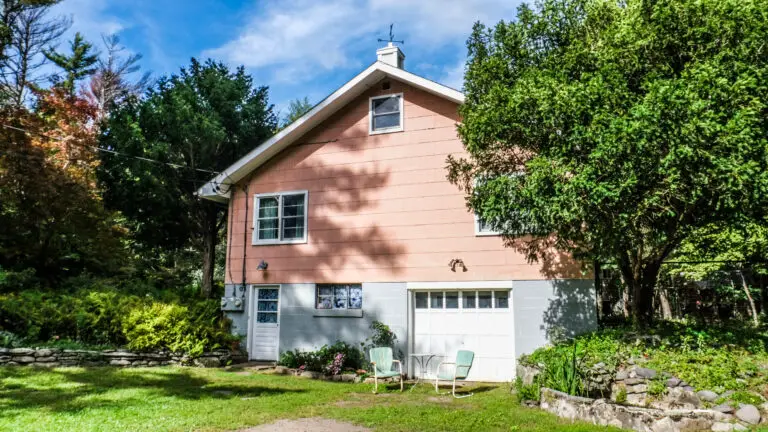
The story of how the LaSalas came to own Big Pink is rather traditional, one reflected in the great migration to the Hudson Valley we see taking place today in Covid-19 times.
“After almost a decade working in the music business in San Francisco, we moved back East and rented a placed in Westchester to help with my family’s real estate management business,” says Don LaSala. “Suburbia was a real culture shock. My wife grew up in the Northern Adirondacks and I had been coming up here a lot in the 1980s, when I was working as a live production manager for NRBQ, most of whom lived right in Saugerties. We always loved their area and hoped to one day, maybe, get a place here, but that was still a distant dream.”
One day, a friend in Woodstock, Mike Densmore, called me up and said there’s a tiny ad in the local classifieds saying — ‘Famous Rock-n-Roll House for Sale by Owner’. We thought, ‘What the hell? Why don’t we just take a look at it to see what it’s like inside?’ We were just curious like fans are today. But we weren’t really looking at the time and, in our wildest fantasies, we didn’t think we’d ever come to own it.
Don LaSala
LaSala, who is also a guitarist/songwriter, hit it off with the bass playing owner, Mike Amitan, who urged him to consider buying it, even though he didn’t think he could muster the $149,000 asking price. Two weeks later, the New York Times ran a huge story saying that the house had been sold to a consortium of investors. But this deal and several others would fall through before LaSala raised the funds and closed on the house in April 1998.
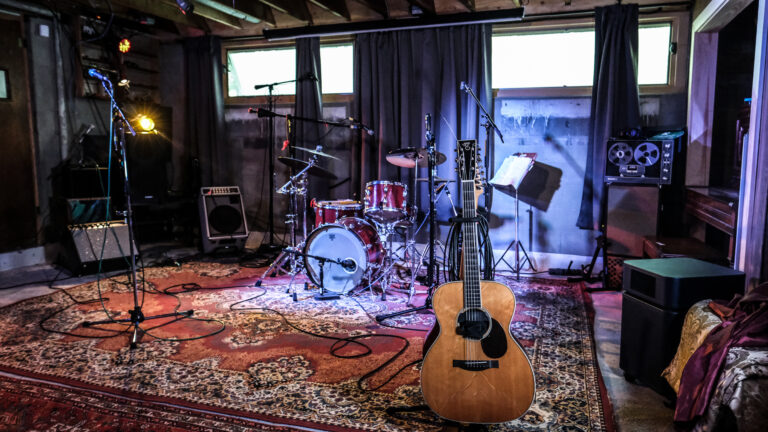
From 1998 – 2014, Big Pink was the LaSala’s primary residence thought they spent part of each week at their downstate rental working for the family business. Its fabled basement became the clubhouse where band Don plays in, The Hooligan Band, would write, rehearse and record, just like Dylan and The Band. Playing together since 1978, The Hooligan Band have released two albums recorded in the famous basement, including Basement Hooligan – Live Recordings ’08 & ’10 and Hooligan in the Pink. LaSala has also released a handful of solo offerings recorded at Big Pink including 2011’s Home Brew. It has also continued to be the site of Big Pink Socials, where LaSala and other local musicians like Robin the Hammer, Julia Nichols, Avalon Peacock, Justin Love, Denise Parent and The Hooligans would party, play and record.
“At the time we bought Big Pink, Dylan was pretty much out of the public eye,” continues LaSala. “He was coming off his religious period, Dylan and the Dead, his acoustic albums and he hadn’t quite hit his renaissance with Time Out of Mind.”
With the critical mass of Internet connectivity in the early 2000s, more and more people started finding their way up the ¼ mile dirt road from Stoll Road in West Saugerties to Big Pink. Fans themselves, the LaSalas were always gracious when encountering visitors, sharing trivia and letting them take a few exterior photos.
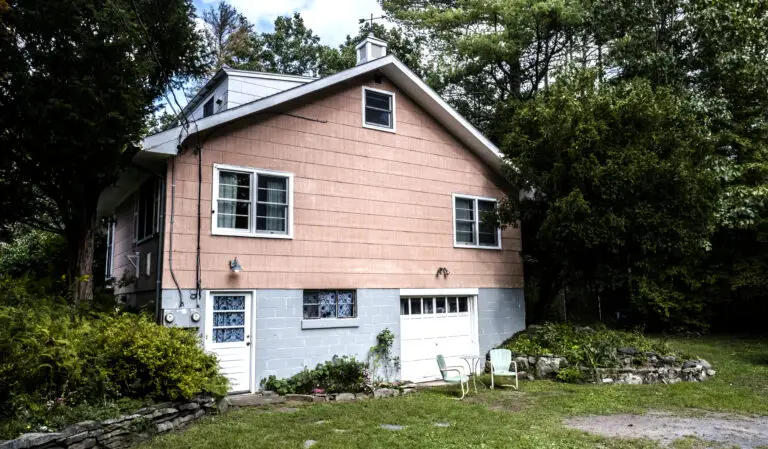
But the real explosion of interest came with the 2014 release of The Bootleg Series Vol. 11: The Basement Tapes Complete, a lush box set containing 138 tracks, 117 previously unissued, from Dylan and The Band’s 1967 home recordings, the vast majority from Big Pink. This was followed by The New Basement Tapes, a British-American supergroup including My Morning Jacket’s Jim James, Elvis Costello, Marcus Mumford, Taylor Goldsmith of Dawes and Rhiannon Giddens put together by producer T Bone Burnett. Also in 2014, the group recorded Lost on the River: The New Basement Tapes, an album of tunes based on newly uncovered lyrics handwritten by Bob Dylan in 1967 during his period at Big Pink. The collaboration was chronicled in the documentary Lost Songs: The Basement Tapes Continued. This included reenactments with young actors of Dylan and The Band’s at work filmed right in Big Pink’s basement.
These events drew more fans and many reporters to the site. This included a Rolling Stone Magazine video crew who documented The Band’s keyboard wizard Garth Hudson’s emotional return to the house after 47 years.
This renewed spotlight coincided with the emergence of vacation rental sites like AirBnB and VRBO. By that time, the LaSala’s lived at another home in Woodstock, but Don continued to use Big Pink as his musical space and hang.
“Over the years, I learned I couldn’t stop the fans, so I decided I might as well just let them have it,” laughs LaSala. “Owning this place, I always wanted to do justice to the history – to the fans who love this place and have a deep emotional connection to the creativity that unfolded here.”
Practicality was also an issue. “It cost a good deal to maintain this old house,” continues LaSala. “Even though we endeavored to keep it unchanged, there were still many costs like putting in a new heating and cooling system, roof and, of course, yearly property taxes. But we wanted to stay true to the legacy and not do something tacky for the almighty dollar.”
The LaSalas started slowly opening up Big Pink to guests in 2015. “It’s sort of an unofficial artists’ residency in my mind,” adds LaSala. “People come here from all over the world. The majority seem to be creatives – musicians, painters, photographers and writers who want to have the kind of creative meditation, the productive retreat it provided for The Band and Dylan. Many are older folks who grew up on the music. But increasingly it’s drawing younger people, ones for whom the music created here is a requisite listening experience.”
“With three bedrooms and two baths, the place can comfortably accommodate 5 – 6 people,” observes LaSala. “So, groups are using it for reunions, to bring together friends, family and creative collaborators from faraway places. It’s not only about the house itself, but the nature surrounding it – the peace and creativity that springs forth from the solitude and raw natural beauty. Many come here to write, paint, and like Dylan and The Band, make music.”
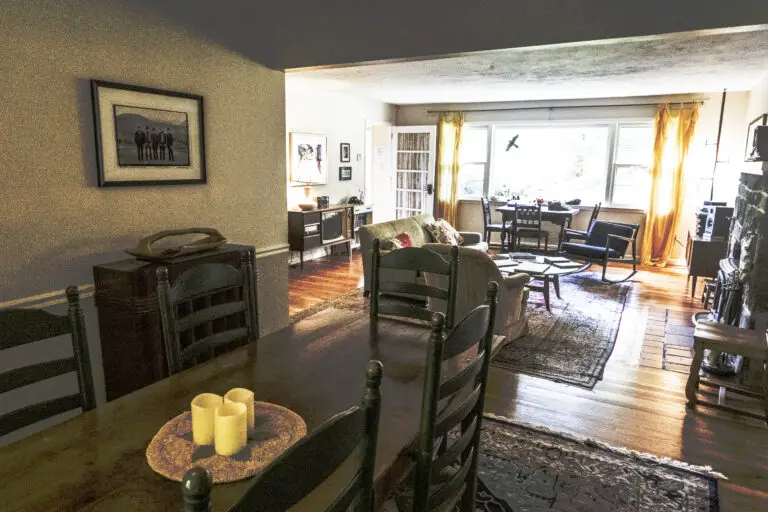
The LaSalas recommend a minimum three-night stay though some visitors stay longer. The wicked Woodstock winters mean that Big Pink is only available from mid-April to early November, on dates when LaSala and company are not making music. Full details, including videos and photos, can be found at their rental site on VRBO.
Visitors have free rein of Big Pink’s upper levels and outer patio but not, strictly speaking, the famous basement.
“It’s my private rehearsal space with own gear, so guests just can’t come and go as they please and everyone seems to understand this,” adds LaSala. “What I will do is schedule a time to give an informal tour, where I tell them the full story of Big Pink and all the creative magic that happened here. To keep people focused on the present, I discourage them taking too many photos. It’s something I even do with my friends at my Big Pink Socials. I want them to stay in the present moment, and to have this Big Pink experience live in their memories and imaginations.”
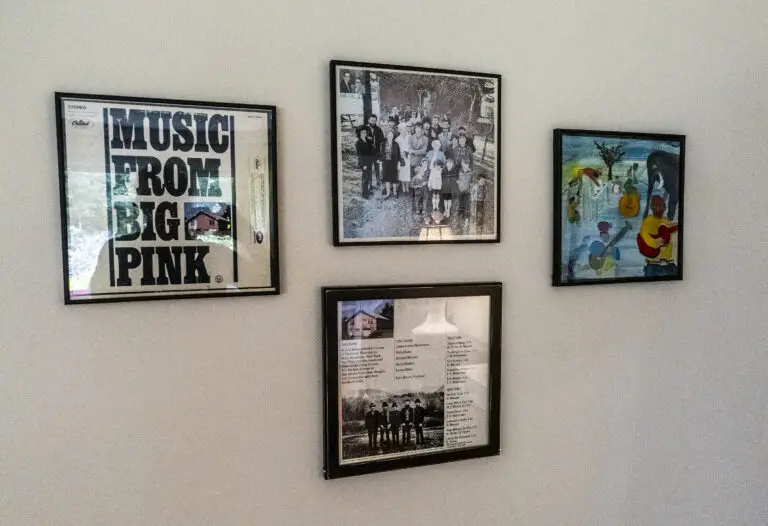
The fans who have found their way to Big Pink have shared some amazing new info with LaSala; some verified, some not.
“It’s known that George Harrison visited here when he came to Woodstock and stayed with Dylan at his place in Byrdcliffe, Woodstock’s famous art colony,” recalls LaSala. “It’s also believed that he brought Eric Clapton here too. According to one British expert who visited, it’s believed George played The Band and Bob some songs he wanted to run by the Beatles like ‘While My Guitar Gently Weeps’ and ‘All Things Must Pass.’ And that, that another time, he and Eric rehearsed in the basement and played an early version of ‘Badge.’ In both cases, they were running them by Dylan and The Band to see if they were any good! Like Big Pink itself, these are misty legends that really spark your imagination.”
With the emergence of Covid-19 in March 2020, the LaSalas suspended their rentals until Spring 2021. Since then, they have taken all the necessary precautions, even installing a pricey air filtration system.
With winter coming in, Big Pink will just have to live in your imagination at least until next Spring, when the LaSalas plan on opening its doors once again to discerning and respectful visitors.
“Until that time,” concludes LaSala with a Dylanesque quip and smile, “I’ll be in the basement mixing up the medicine, medicine of the musical kind, of course!
All photos by William A. Loeb
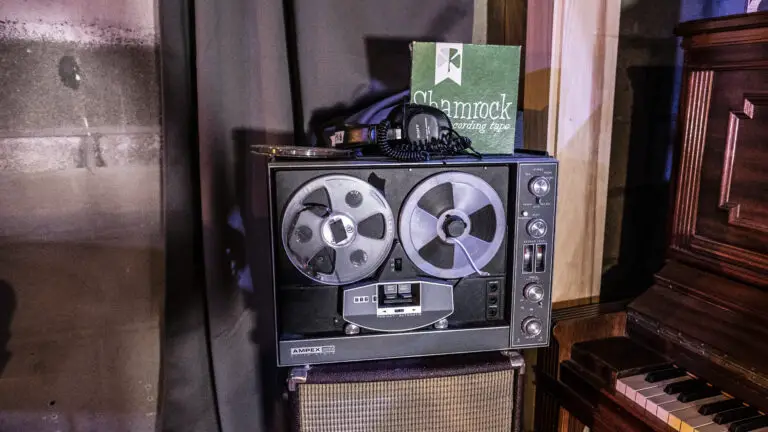

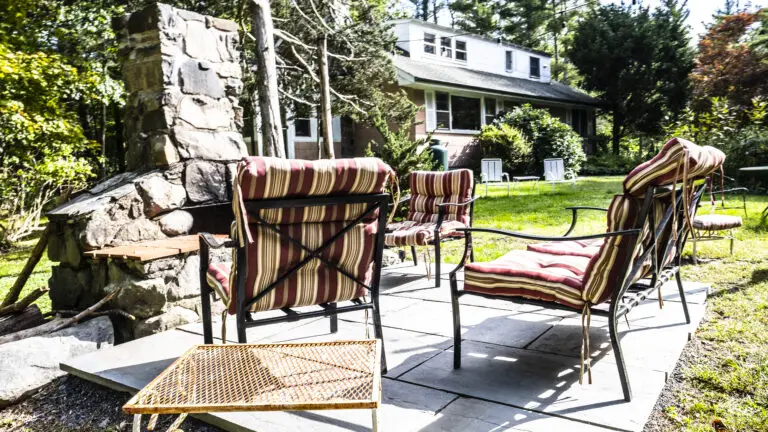
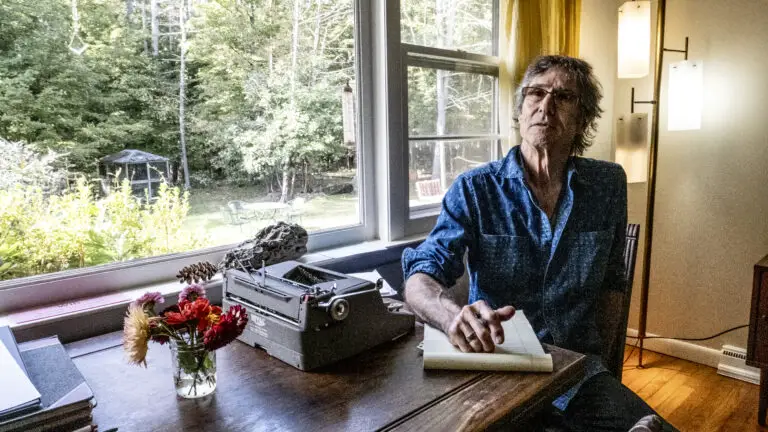
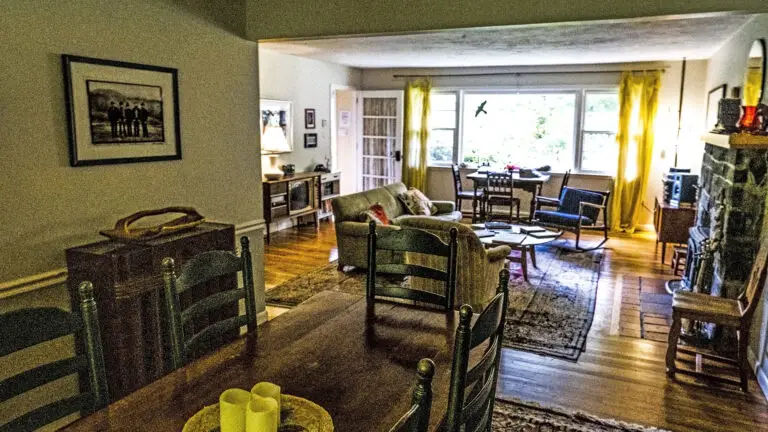
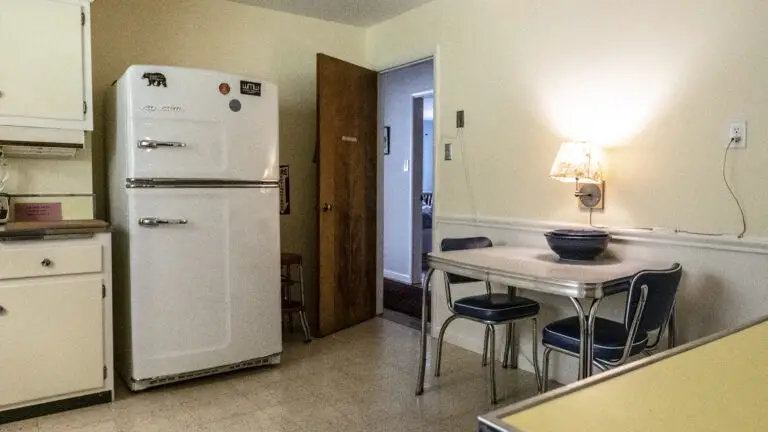
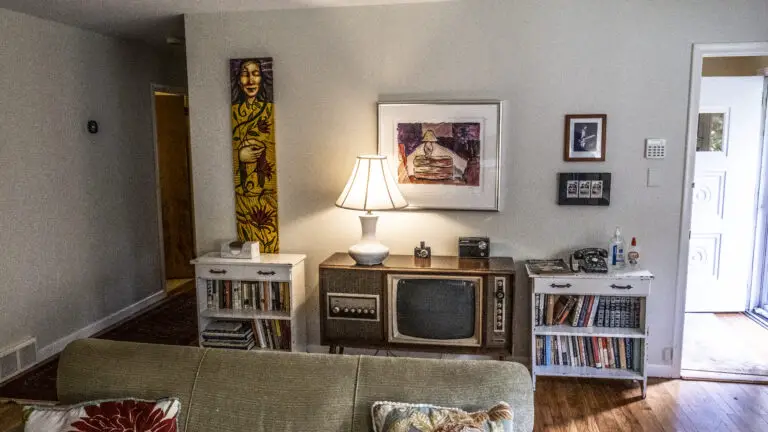
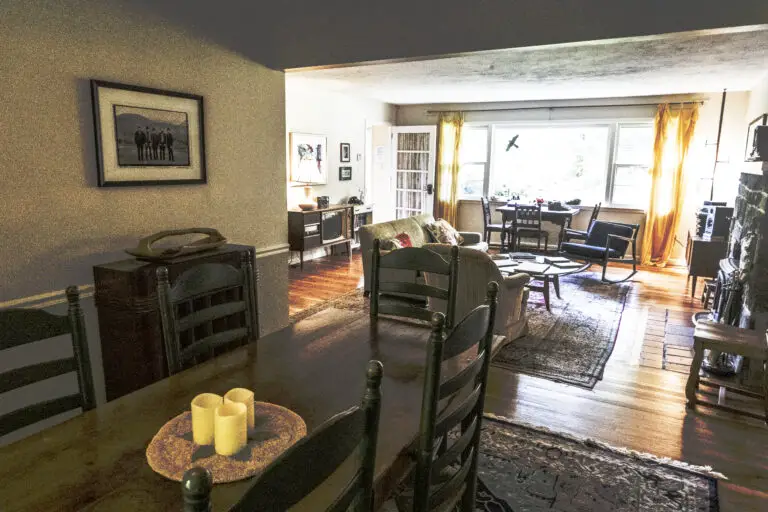
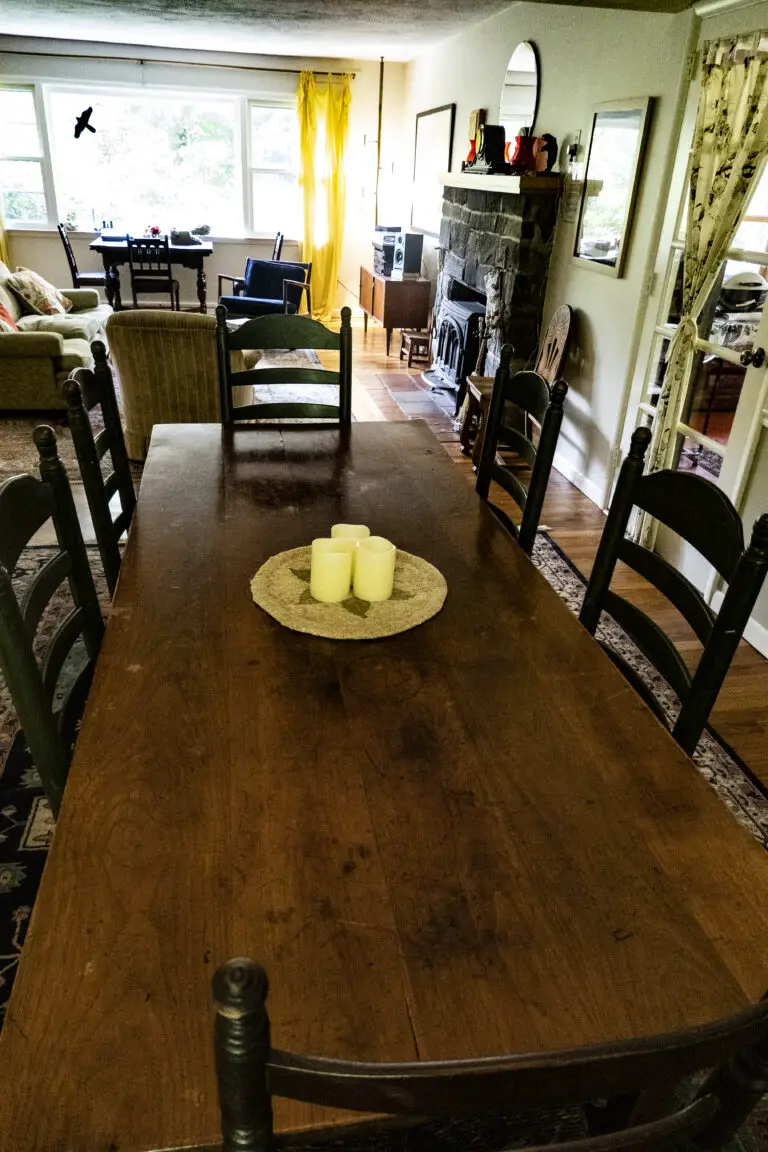
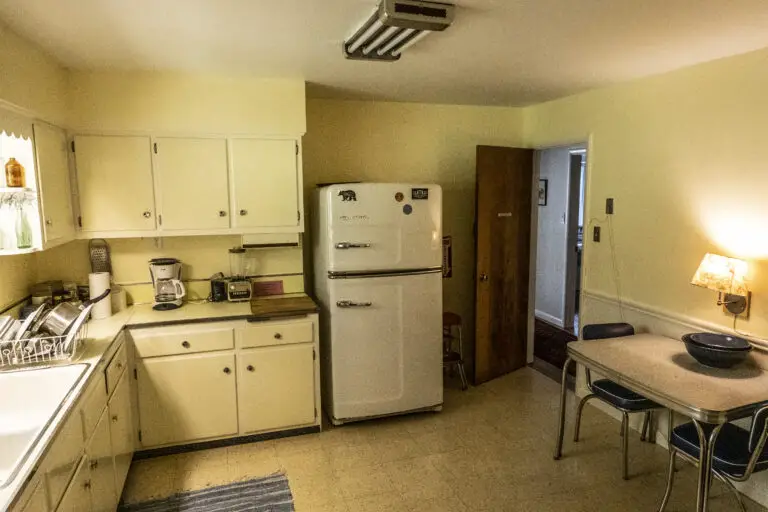
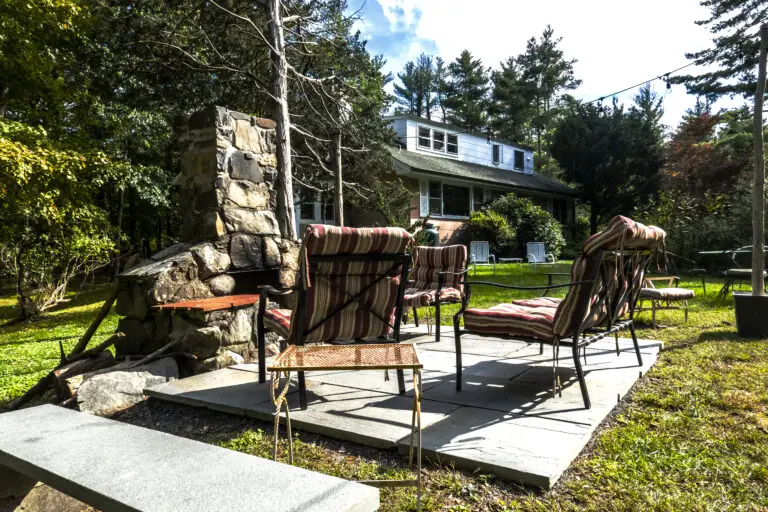
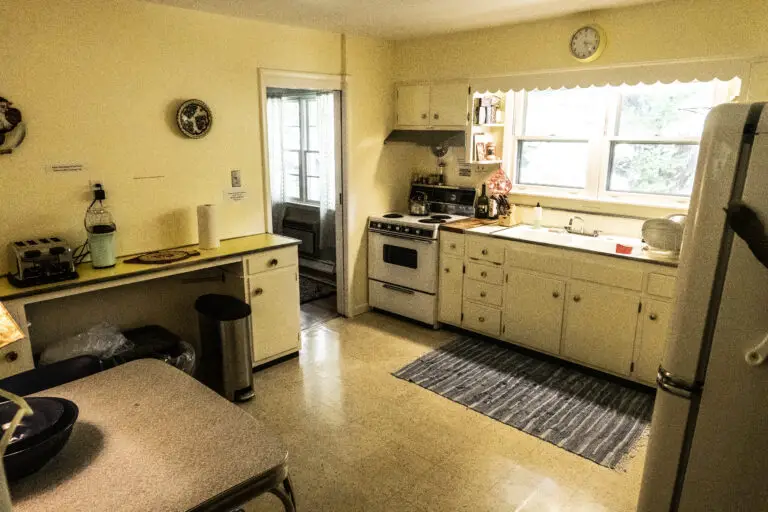
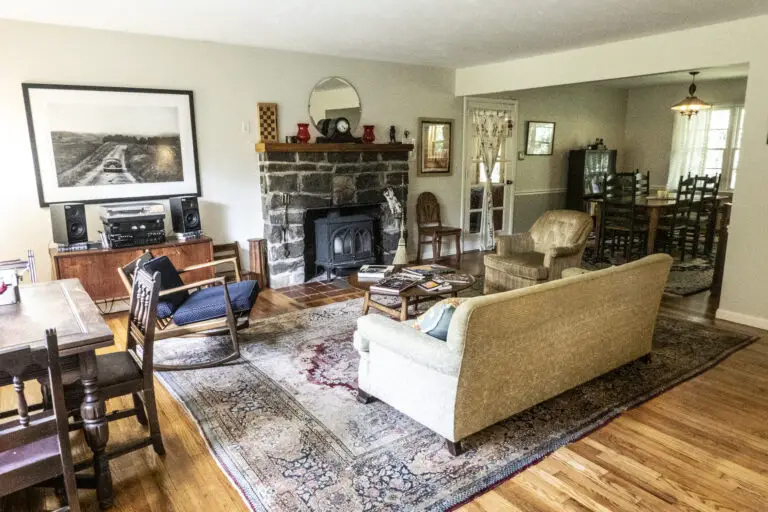
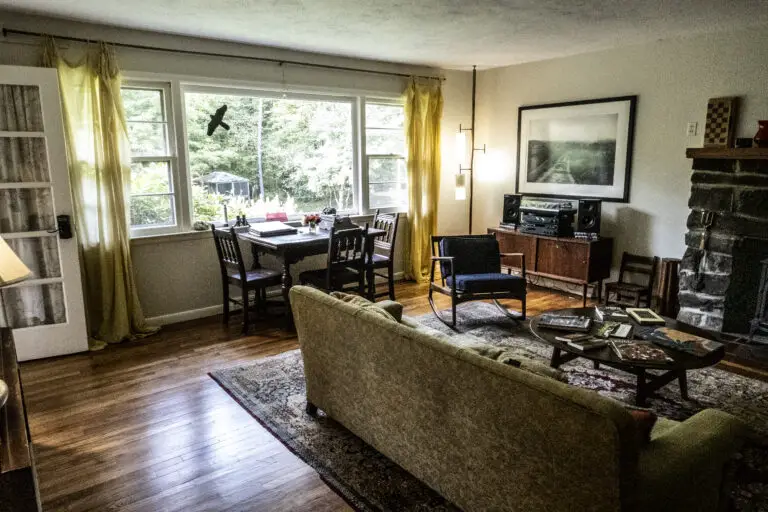
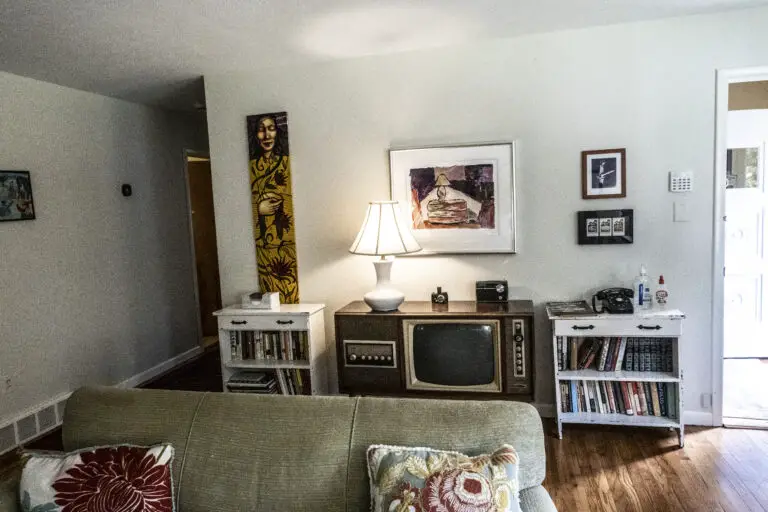
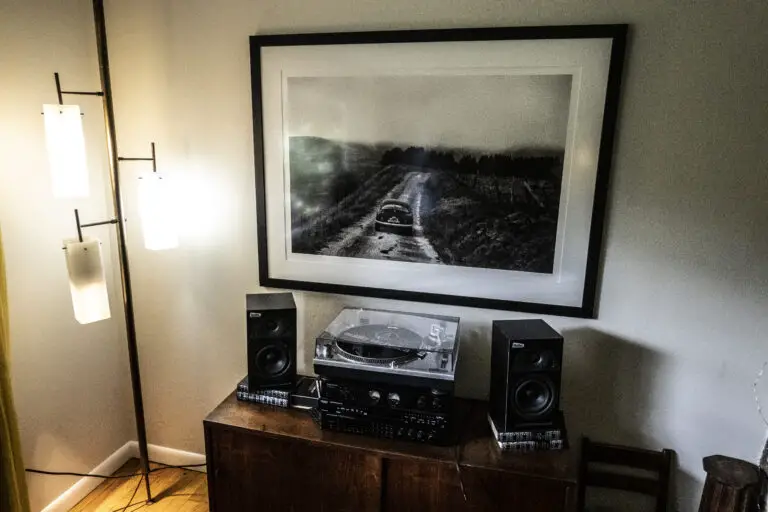
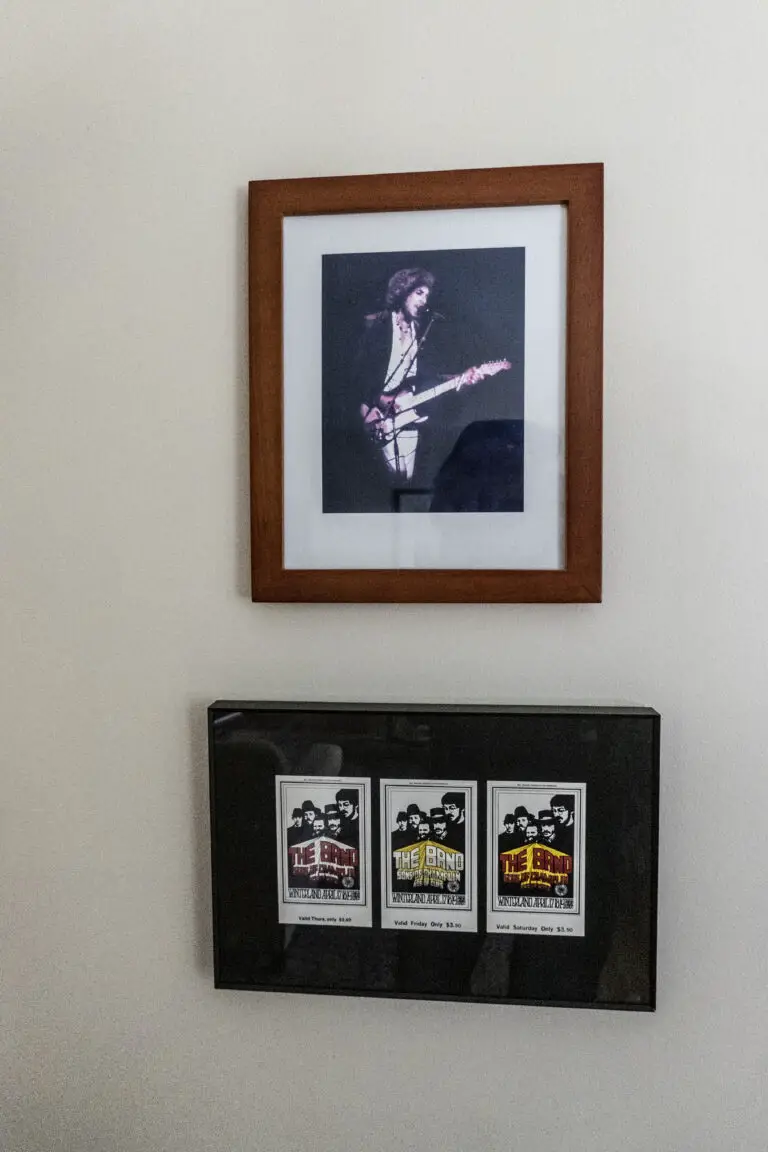

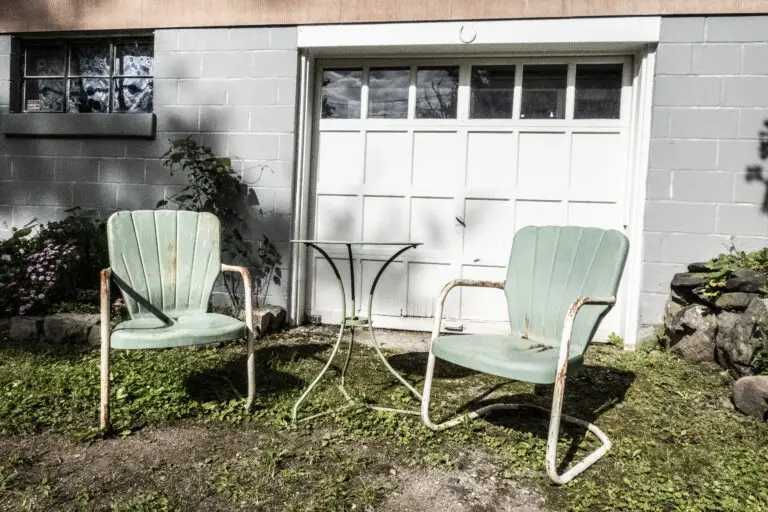
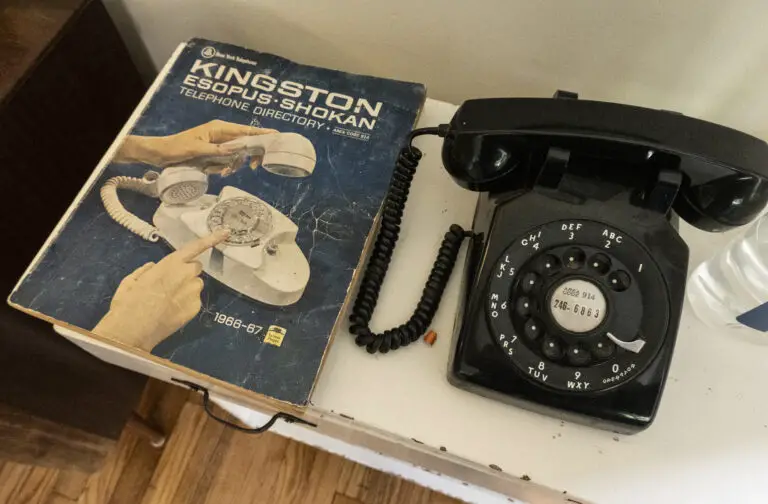
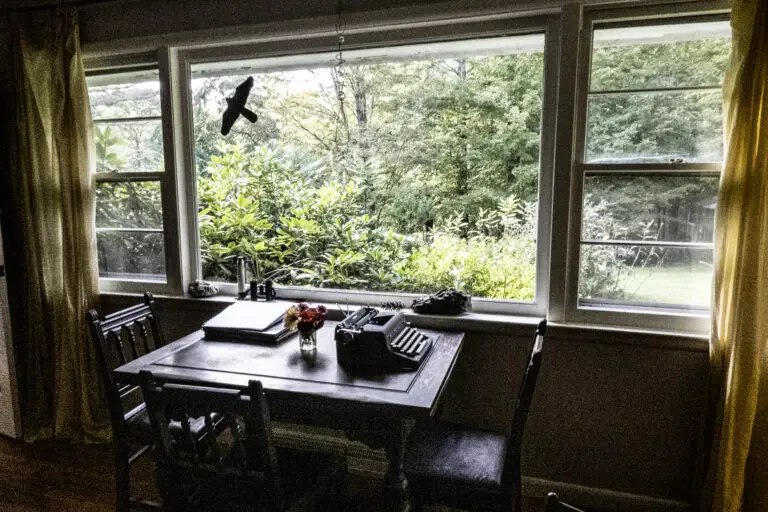
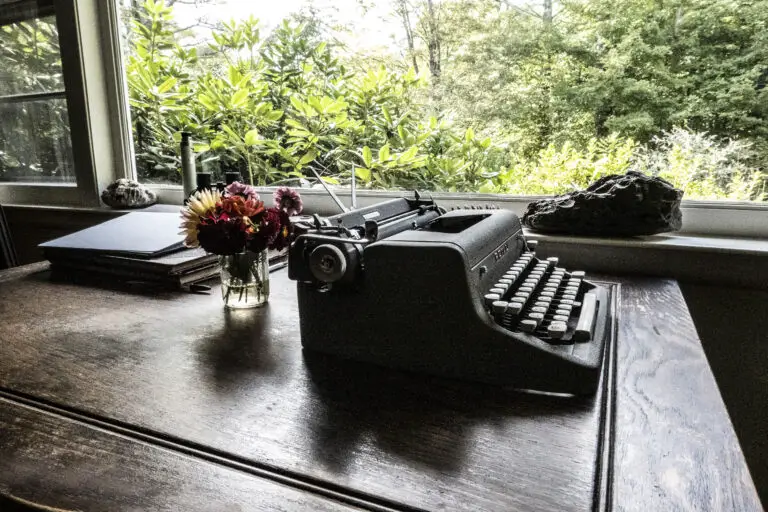
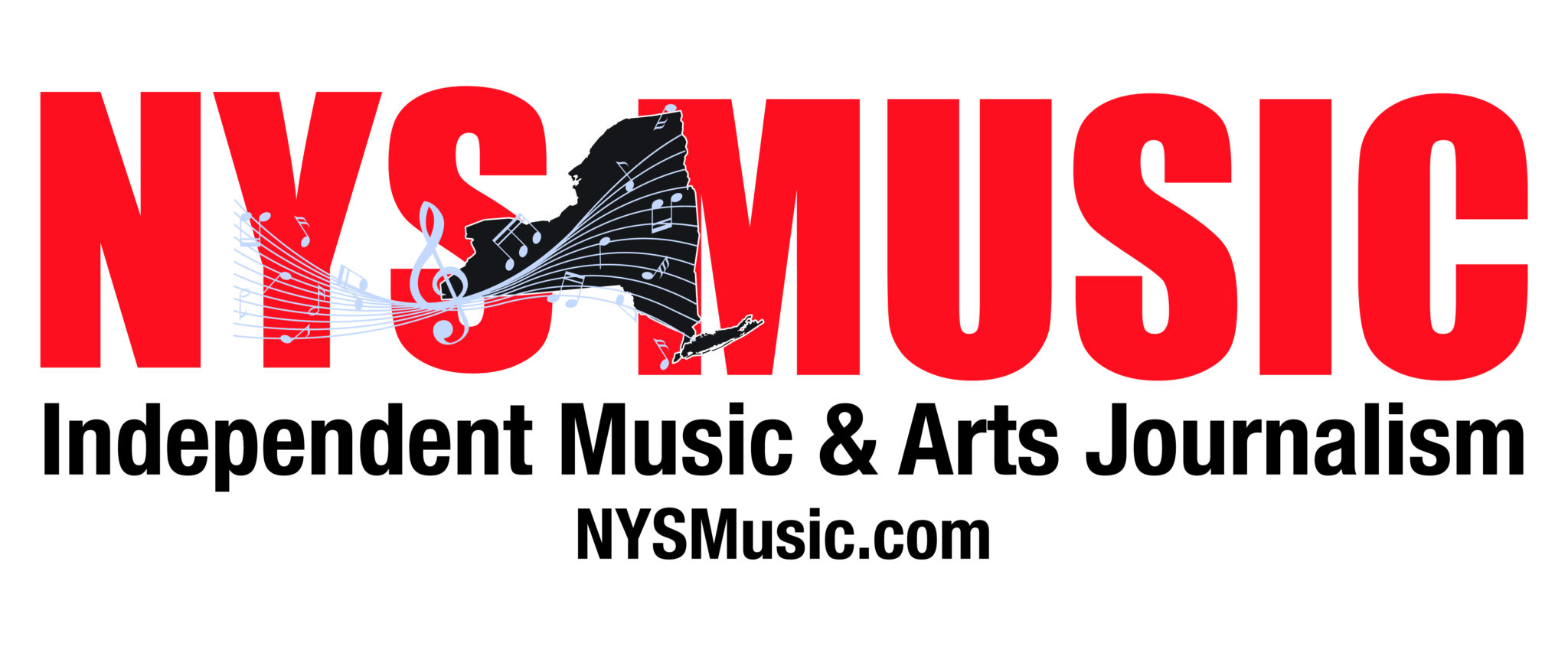

Comments are closed.